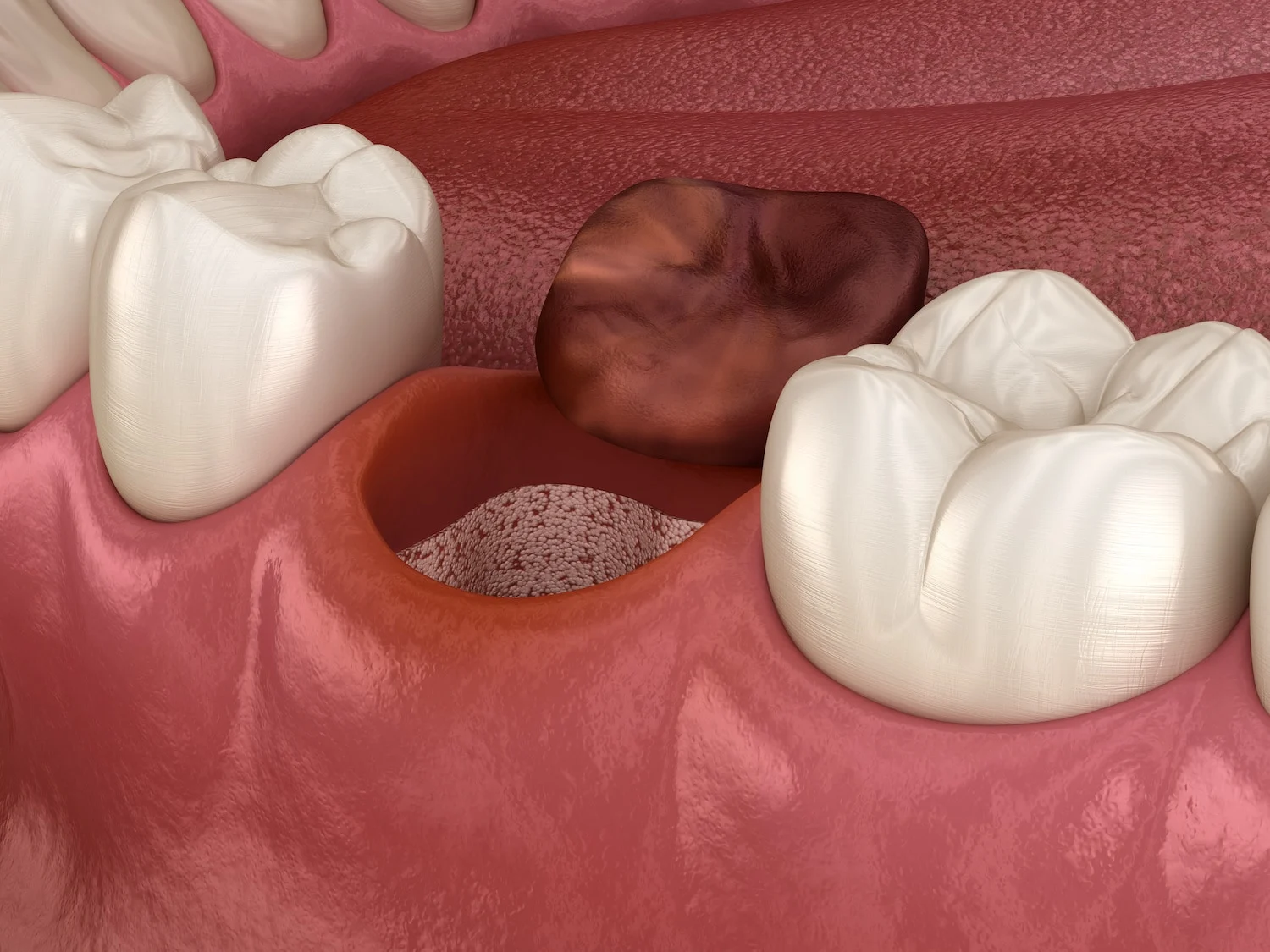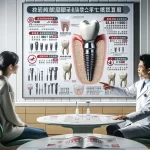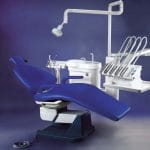Tooth extraction is a common dental procedure that many individuals face, but it can lead to complications if proper care isn’t taken during the healing process. One of the most painful issues that may arise is dry socket, or alveolar osteitis. This condition occurs when the blood clot that forms in the tooth socket after extraction is dislodged or fails to develop, exposing the underlying bone and nerves. Fortunately, there are several proactive steps you can take to minimize your risk of developing dry socket. In this article, we’ll share seven dentist-approved tips to help ensure a smooth recovery after your tooth extraction.
Understanding Dry Socket: Causes and Risk Factors
Dry socket is a relatively common complication following tooth extractions, particularly in cases involving wisdom teeth or difficult removals. It is characterized by intense pain radiating from the extraction site to nearby areas like the ear, eye, temple, or neck. Other symptoms may include:
- Visible bone in the socket
- Bad breath
- An unpleasant taste in the mouth
Several factors can increase your risk of developing dry socket, including:
- Smoking or tobacco use
- Oral contraceptives
- Poor oral hygiene
- Previous history of dry socket
- Difficult or traumatic extractions
- Failure to follow post-operative instructions
By understanding these risk factors and taking proactive steps to address them, you can significantly reduce your chances of experiencing dry socket.
7 Tips to Prevent Dry Socket After Tooth Extraction
1. Follow Your Dentist’s Post-Operative Instructions
Adhering to your dentist’s post-operative guidelines is crucial for preventing dry socket. These instructions are designed to promote healing and minimize complications. Key recommendations may include:
- Biting on a gauze pad for 30-60 minutes after extraction to encourage blood clot formation.
- Avoiding rinsing, spitting, or using straws for the first 24 hours.
- Gently rinsing with warm salt water after meals, starting the day after surgery.
- Taking prescribed pain medications and antibiotics as directed.
- Attending follow-up appointments to monitor healing progress.
By carefully following these instructions, you create an optimal environment for healing.
2. Maintain Good Oral Hygiene
Proper oral hygiene is essential for preventing infections and promoting healing after tooth extraction. However, it’s important to be gentle and avoid disturbing the blood clot in the socket. Here are some tips:
- Brush your teeth gently, avoiding the extraction site for the first 24 hours.
- Use a soft-bristled toothbrush and non-abrasive toothpaste.
- Floss carefully, steering clear of the extraction site.
- Rinse gently with warm salt water (1/2 teaspoon salt in 8 ounces of water) after meals and before bed starting the day after surgery.
Keeping your mouth clean helps reduce infection risk and supports healing.
3. Stick to a Soft Food Diet
What you eat after tooth extraction significantly impacts your healing process. Sticking to a soft food diet for the first few days can prevent dislodging the blood clot and irritating the extraction site. Recommended soft foods include:
- Mashed potatoes
- Smoothies (without using a straw)
- Yogurt
- Scrambled eggs
- Pureed soups
- Soft fruits like bananas and applesauce
As you heal, gradually incorporate more solid foods into your diet while avoiding hard, crunchy, sticky, or spicy foods that could aggravate the extraction site.
4. Avoid Smoking and Tobacco Products
Smoking and using tobacco products greatly increase your risk of developing dry socket after tooth extraction. The act of sucking on a cigarette can dislodge the blood clot, while tobacco chemicals can delay healing and contaminate the wound site. Dentists recommend quitting smoking at least 48 hours before your extraction and refraining from tobacco use for at least 72 hours afterward. If you need help quitting, consult your dentist or healthcare provider about smoking cessation programs.
5. Limit Physical Activity
Engaging in strenuous physical activity too soon after tooth extraction can elevate heart rate and blood pressure, increasing the risk of dislodging the blood clot. It’s essential to rest and limit physical activity for at least 24–48 hours after your extraction. Avoid exercise, heavy lifting, and bending over during this time. As you feel better, gradually resume normal activities but listen to your body—stop if you experience any pain or discomfort.
6. Use Cold Compresses to Reduce Swelling
Swelling is a common side effect of tooth extraction that can contribute to dry socket development. To minimize swelling and promote healing, apply a cold compress outside your cheek near the extraction site:
- Wrap a bag of ice or frozen vegetables in a thin towel.
- Apply the compress for 15–20 minutes at a time.
- Take breaks of 15–20 minutes between applications.
- Repeat this process for the first 24–48 hours post-extraction.
Cold therapy constricts blood vessels, reduces swelling, and numbs pain—helping keep that blood clot securely in place.
7. Seek Prompt Treatment for Signs of Dry Socket
Despite your best efforts to prevent it, dry socket can still occur. If you experience severe pain or visible bone in the socket, seek prompt treatment from your dentist. They can:
- Clean the extraction site to remove debris.
- Apply a medicated dressing to promote healing and alleviate pain.
- Prescribe pain medications or antibiotics if necessary.
- Schedule follow-up appointments to monitor recovery.
Prompt treatment can alleviate discomfort and prevent further complications—don’t hesitate to contact your dentist if you suspect dry socket.
Conclusion
Dry socket is a painful complication that can occur after tooth extraction; however, by following these seven dentist-approved tips, you can significantly reduce your risk. Remember to adhere strictly to post-operative instructions, maintain good oral hygiene, stick to a soft food diet, avoid smoking, limit physical activity, use cold compresses effectively, and seek prompt treatment if symptoms arise.
Taking a proactive approach ensures a smoother recovery process so that you can return to your normal routine as quickly as possible. If you have any questions or concerns about your extraction or post-operative care, reach out to your trusted dental professional for guidance and support—your comfort and health are paramount!







